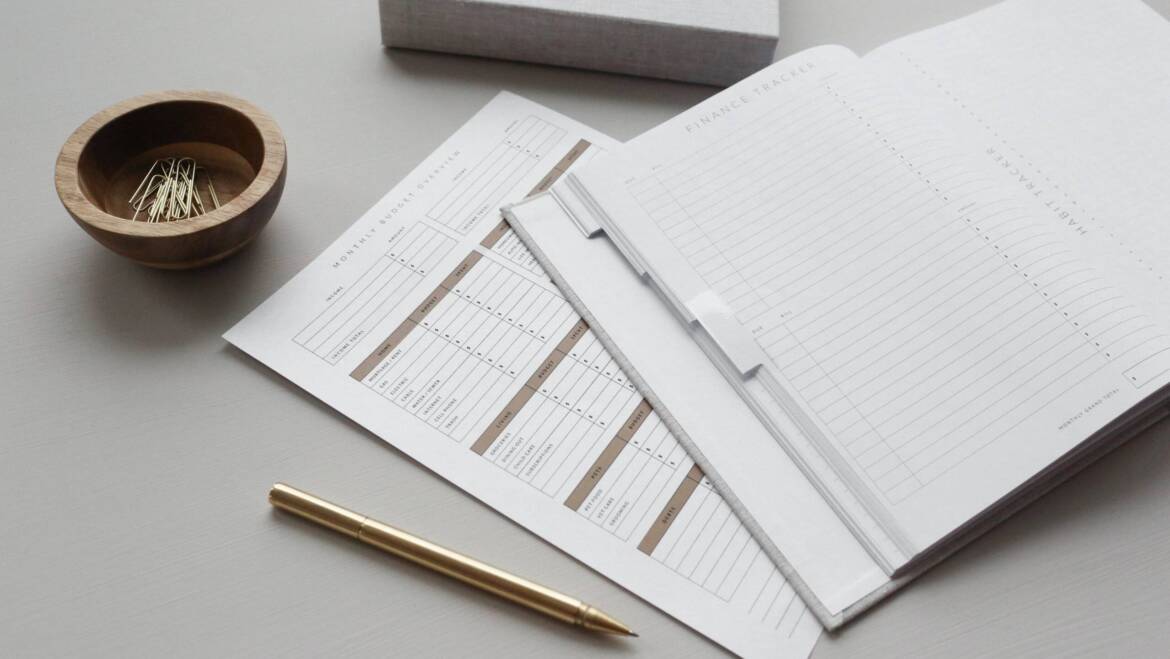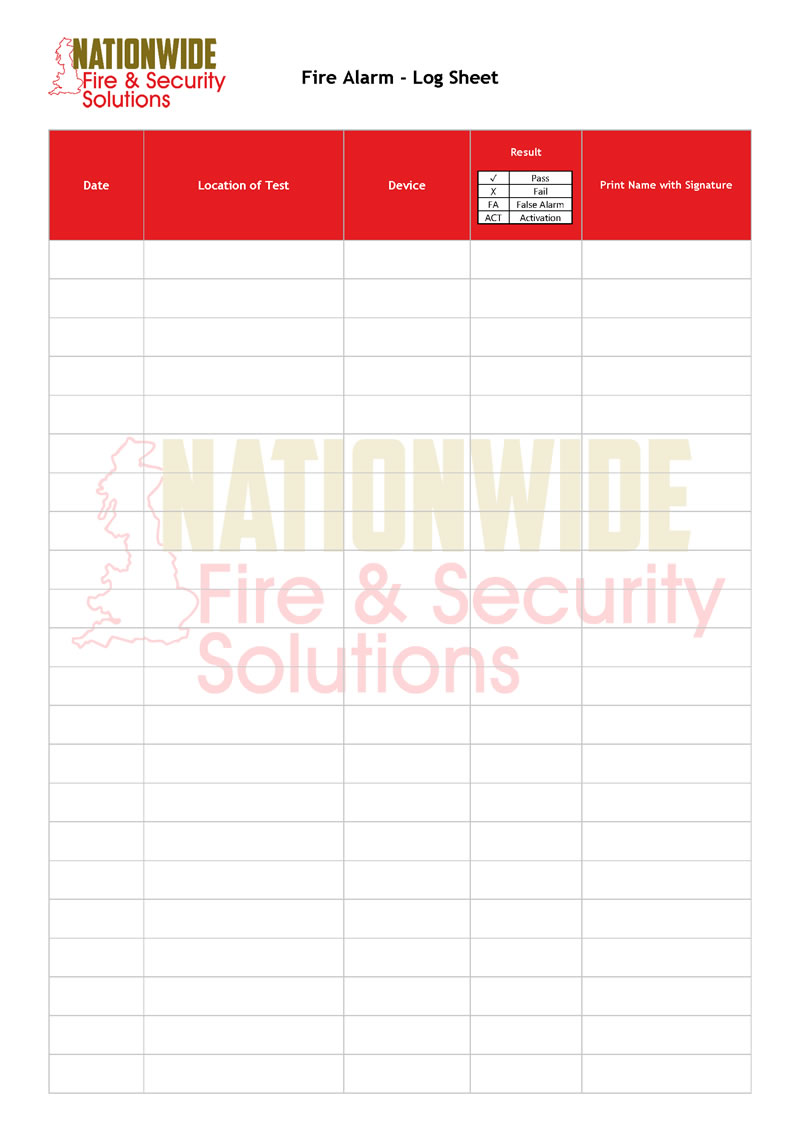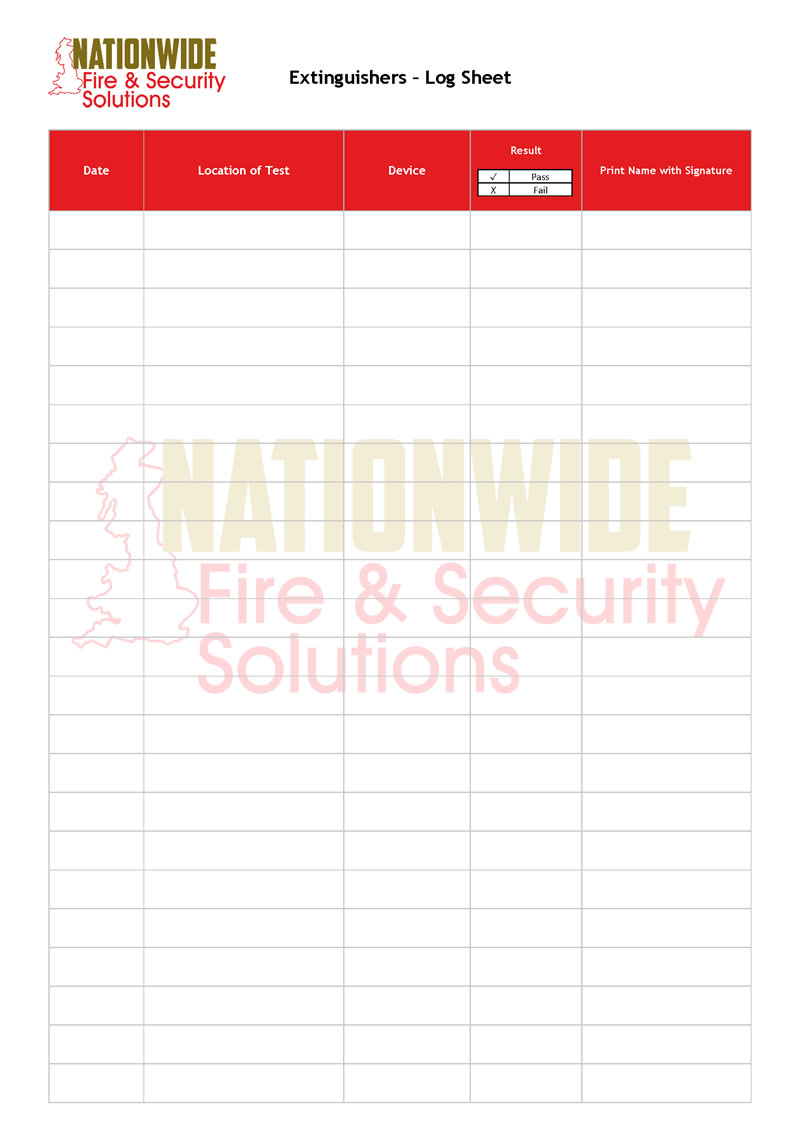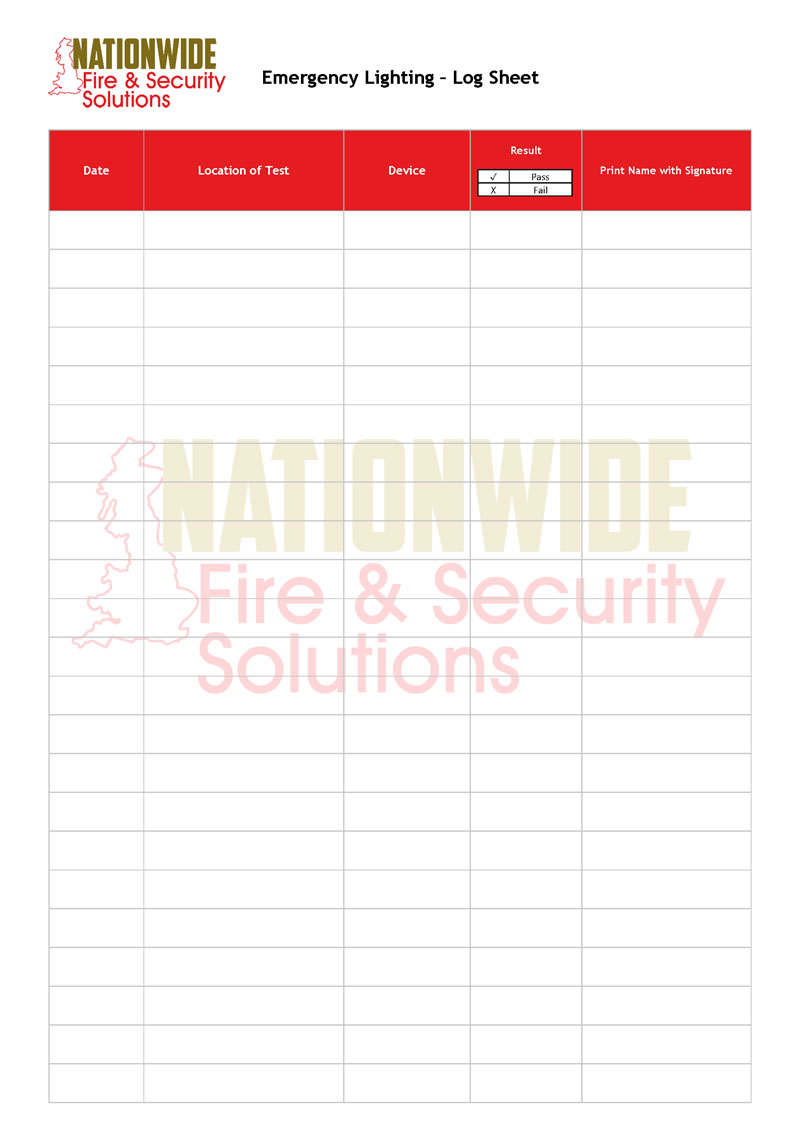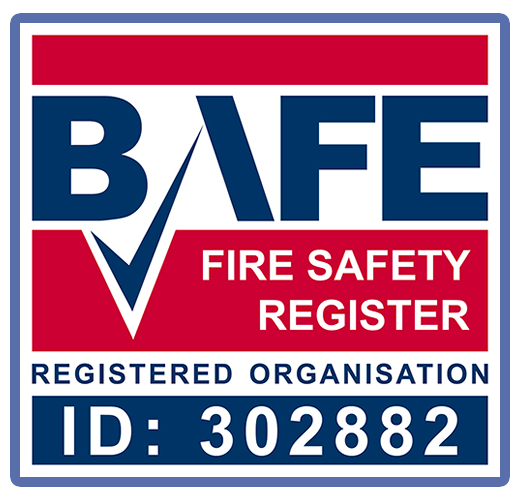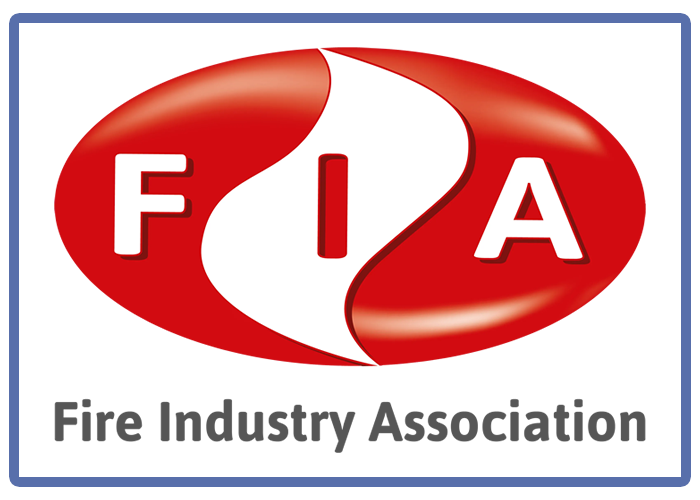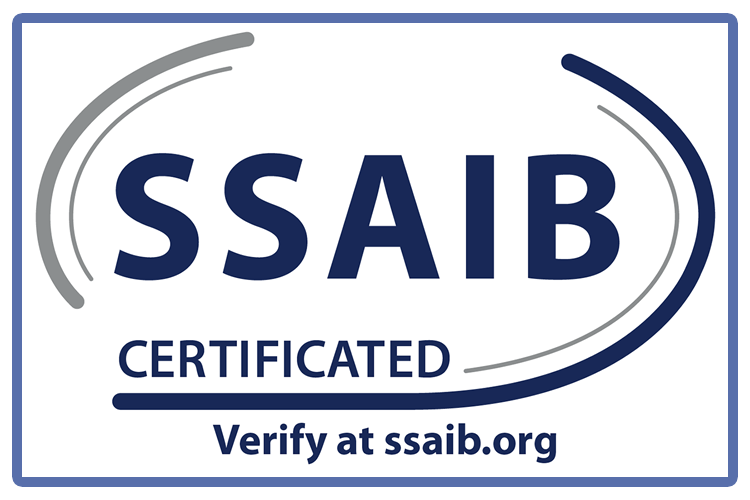Downloads & Resources
Fire Alarms
Fire Alarm Checks
Daily:
- Check to see if there is only a power light illuminated on the fire panel.
- If there are any faults showing make a note then contact your Fire Alarm maintenance company.
Weekly:
A different call point must be activated every week, with all the sounders checked and then recorded within a logbook.
Each fire alarm system is silenced then reset in a different way. Our customers have free training on testing their system
General Testing
- Ensure the personal within the building are aware of the test (ideally test the system the same day & time each week)
- If your system is remotely monitored contact the monitoring company and place the system on test
- Type in the code or turn the test key at the panel
- Activate a call point (select a different call point each week)
- Check all the sounders are activated
- Return to the panel and press: Silence
- Wait 10 Seconds
- Press: Reset
- Turn and remove panel key (if fitted)
- Make a note within your logbook the location of the call point you activated
To Aid Testing
- Number all your call points
- Ensure more than one person if familiar on the testing process
- Ask your service company to train more staff during the service inspection
If you have any doubts or worries about your system, contact your Fire Alarm maintenance company
6 Monthly:
- Minimum service time (this may be more frequent if specified by your risk assessment)
- Service inspection undertaken by your Fire Alarm maintenance company
Alarm Activation (False Alarms):
Many customers will contact their Fire Alarm maintenance company reporting false alarms in an area but unfortunately not knowing which device caused the activation. Fire alarm areas can be vast in size. NFASS will always advise their customers to follow the procedure below before we visit the site to help identify the problem with their system. We have found this is a more cost-effective way to eliminate unwanted false alarm problems.
- Follow your evacuation procedures.
- If safe to do so: Approach panel.
- Type in the code or turn the test key at the panel.
- Turn the key to position or press Silence.
- Remove key or allow code to expire (to prevent unwanted other user intervention).
- If safe to do so: Investigate the area shown on the panel. …..You are looking for a LED (small red light) illuminated on a ceiling detector or a smashed call point (break glass).
- After discovering the device that caused the activation and you believe without any doubt this was a false alarm……return to the panel.
- If this is the second false alarm and you can confidently and safely reach the smoke detector……Hoover the head by cupping your hand round the back of the detector Hoovering the front……then rotate your hoover and hand to Hoover 360 degrees.
- Make a note of the zone and the device location that caused the alarm.
- If this is the third false alarm within a short period of time contact your Fire Alarm maintenance company.
- Type in the code or turn the test key at the panel.
- Turn the key to position or press Reset.
False alarms can have many causes.
- The most common reasons are:
- Excessive use of powders.
- Excessive use of sprays.
- Burning food.
- Building work.
- Thunder storms.
- Water intrusion.
- Electrical spikes.
- Badly installed systems.
If you have any doubts or worries about your system, contact your Fire Alarm maintenance company
Download your free NFASS Fire Alarm Log Sheet
Fire Extinguisher
Fire Extinguisher Checks
To prevent contravening the British Standards 5306, your extinguishers should be visually inspected by a competent person once every month. Most of our customers undertake this check at the same time as their emergency lighting checks.
This test is very simple and does not take long to undertake:
- Check the plastic anti-tamper seal is in one piece (a plastic tag usually through the pin).
- Check the anti-tamper pin is present (a metal or plastic pin that goes through the handle).
- Check the gauge (if fitted) is within the green.
- Visually inspect the extinguisher (including the handle and hose) for dents or damage.
- Check the instructions on the extinguisher can be clearly read.
- Ensure the wall hook is secure and not damaged.
- Ensure the usage sign is fitted by the extinguisher.
- Fill in your logbook (downloadable NFASS log sheet available on this page).
- Please ensure you lift the extinguisher using the correct lifting and handling method as extinguishers can be heavy !!
If you have been informed that an extinguisher has been used/damaged or it does not pass the test shown above, contact your maintenance contractor immediately.
Don’t forget extinguishers are pressurized containers, treat with care!
Download your free NFASS Extinguishers Log Sheet
Emergency Lighting
Note Terminology:
- Maintained = Always illuminated or used as a standard lighting unit.
- Non-maintained = Illuminates only during power failure.
Emergency Lighting Checks
Daily:
- Check to see if there is a power L.E.D light illuminated on the emergency light.
Monthly:
- In the morning, isolate the lighting units by switching the test or local isolation
- Check that maintained units are still illuminated (usually slightly dimmed)
- Check non-maintained Iluminate
- Energise the isolation
- Check all of the charging L.E.D lights have illuminated
- Make a note in your log book
- Contact your maintenance company with any problems
12 Months:
- Service inspection undertaken by your Maintenance company.
Download your free NFASS Emergency Lighting Log Sheet

